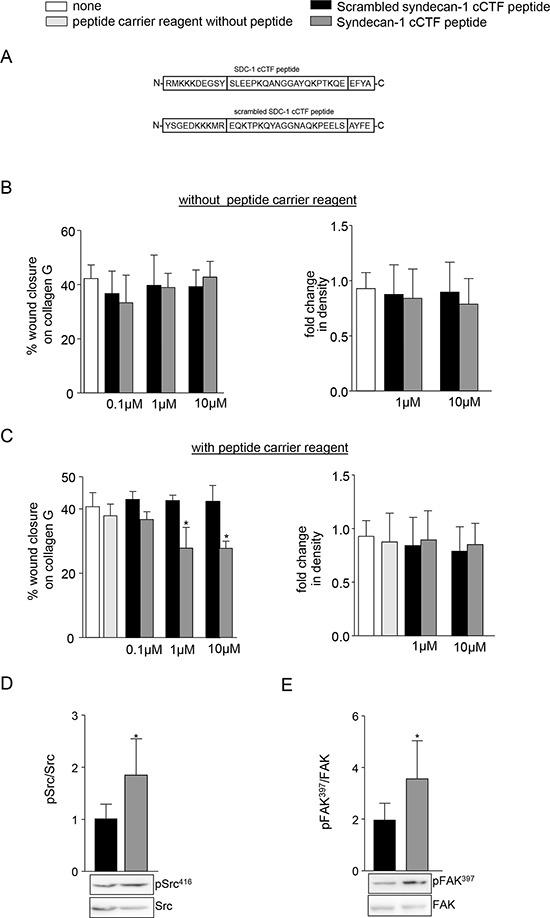Figure 7. A synthetic syndecan-1 cCTF peptide blocks cell migration.

A. Schematic representation of the human SDC-1 cCTF peptide and the scrambled control peptide. B-D) A549 cells were treated with SDC-1 cCTF peptide or the scrambled peptide without B. or with C. carrier reagent (Chariot delivery reagent). A549 cells were grown to confluence on collagen G coated wells and wounded by a defined scratch. After wounding, cells were treated with SDC-1 cCTF peptide or scrambled peptide (0.1 μM, 1 μM or 10 μM) and investigated for wound closure over 24 h (left). In parallel, cells were seeded at a lower density and proliferation was quantified as change in density (right) over a period of 24 h using the IncuCyte ZOOM. D–E. A549 cells were treated with 10 μM SDC-1 cCTF or 10 μM scramble SDC-1 cCTF with carrier reagent for 2 h. Cell lysates of treated A549 cells were analysed for phosphorylation of Src at Tyr416 (D) and FAK at Tyr397 (E) by Western blotting. Signals were quantified by densitometry as phosphorylated versus total forms and calculated in relation to the control cells. All data were expressed as means + SD and statistically significant differences compared to corresponding scramble syndecan-1 cCTF treatment are indicated by asterisks (p < 0.05).
